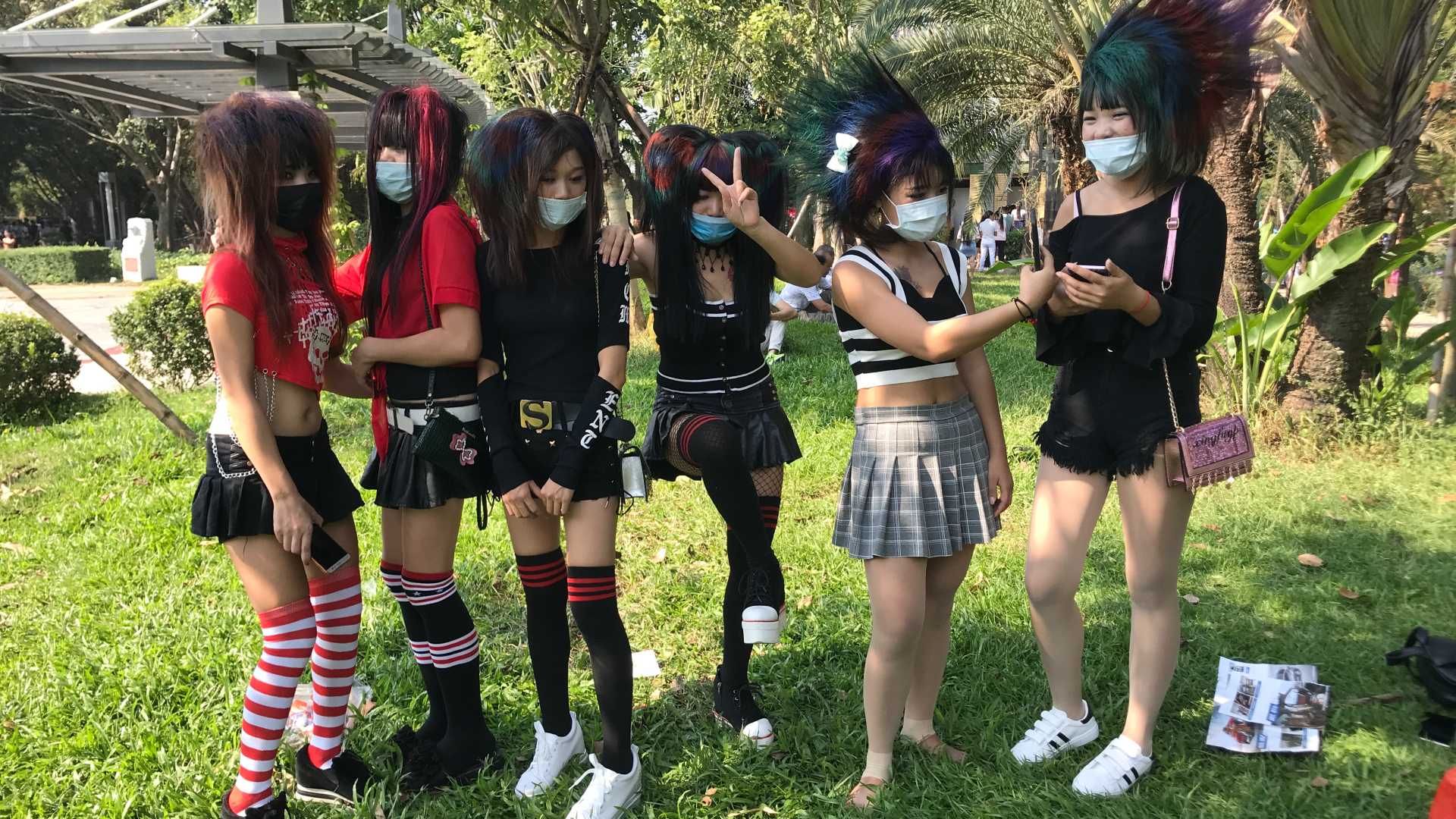Documentary “We Were Smart” sheds light on the shunned subculture shamate and China’s urban-rural gulf
“Shamate don’t understand the world, nor does the outside world understand shamate,” says director Li Yifan of the subject of his new documentary, a wildly controversial subculture that emerged in China in the late ’00s. His film, We Were Smart (杀马特, 我爱你), gives a rare look into the life and struggles of this group of marginalized, often poor rural youths through their own accounts. It has helped reopen old wounds and spark conversations around class and conformity, over a decade on from the vicious takedown that marked the end of the shamate movement.
Focused largely around rural migrant workers who’d travelled to China’s cities to get in on, and help power, the country’s economic boom, shamate was largely identified by its outlandish fashion sense, makeup and hairstyles. Spreading through dedicated online forums, the subculture’s name came from the Chinese transliteration for the word “smart” — “sha-ma-te.”
Li spent two years collecting 915 first-hand video recordings from former shamate members, as well as conducting full-length interviews with 78 of them. According to the director, almost all shamate participants were second-generation migrant kids who were born in the ’90s and hailed from underserved villages and towns.
In the documentary, one trend that emerges is that many of these young people were “left-behind children,” kids whose parents had taken jobs in major urban areas, leaving their offspring with grandparents at home in the village. Many talk of only seeing their parents on occasion, such as during the national Spring Festival holiday. Many of the interviewees also relay how they dropped out of school at a very early age and went to look for work themselves, often heading to manufacturing hubs on the basis of a vague lead or tip from a fellow villager.
Once there, the young migrant workers found themselves in unfamiliar surroundings and often in intense, exploitative working arrangements. In search of an outlet for pent-up tensions and a sense of belonging, they formed their own identity: shamate.
Public parks and roller rinks near these manufacturing hubs quickly became shamate strongholds. Groups of young people would gather in tight T-shirts and low-waist jeans, sporting hairstyles with varying levels of flamboyant colors and electric curls sticking out at different angles.
Looking like a mix of elements from US or European glam rock and visual kei from Japan, shamate style was intended to stand out — and it certainly did that. But this also made them a target for the mainstream.



Where can i download it? I could not find a torrent ^^